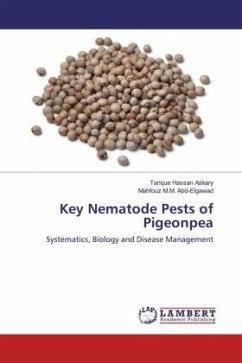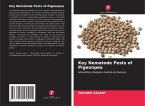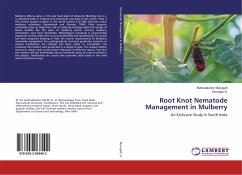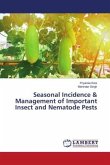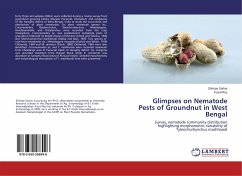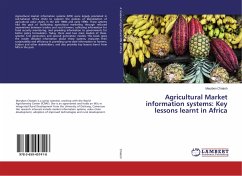Plant parasitic nematodes are one of the major constraints in pigeonpea production. The key nematode pests of pigeonpea are root-knot nematodes (Meloidogyne incognita and M. javanica), pigeonpea cyst nematode (Heterodera cajani) and reniform nematode (Rotylenchulus reniformis). Economic threshold level of (Meloidogyne) is 1 J2/g of soil; for (H. cajani) 1 J2/10g of soil or 5 J2/ 100cm3 of soil and for R. reniformis 1.4 premature female/g of soil. Annual worldwide losses in pigeonpea due to nematodes have been estimated 13.2% which in monetary term is approximately $156 million. The losses may vary depending upon nematode species as well as crop and population density of nematode. Apart from direct losses, interaction of nematodes with soil borne fungi increase the severity of disease and the synergestic effect of both the organisms may result in much higher losses. Integration of different methods such as cultural, chemical, use of resistant cultivars as well as naturally occurring biological control agents can play a significant role in sustainable nematode pest management of pigeonpea.
Bitte wählen Sie Ihr Anliegen aus.
Rechnungen
Retourenschein anfordern
Bestellstatus
Storno

